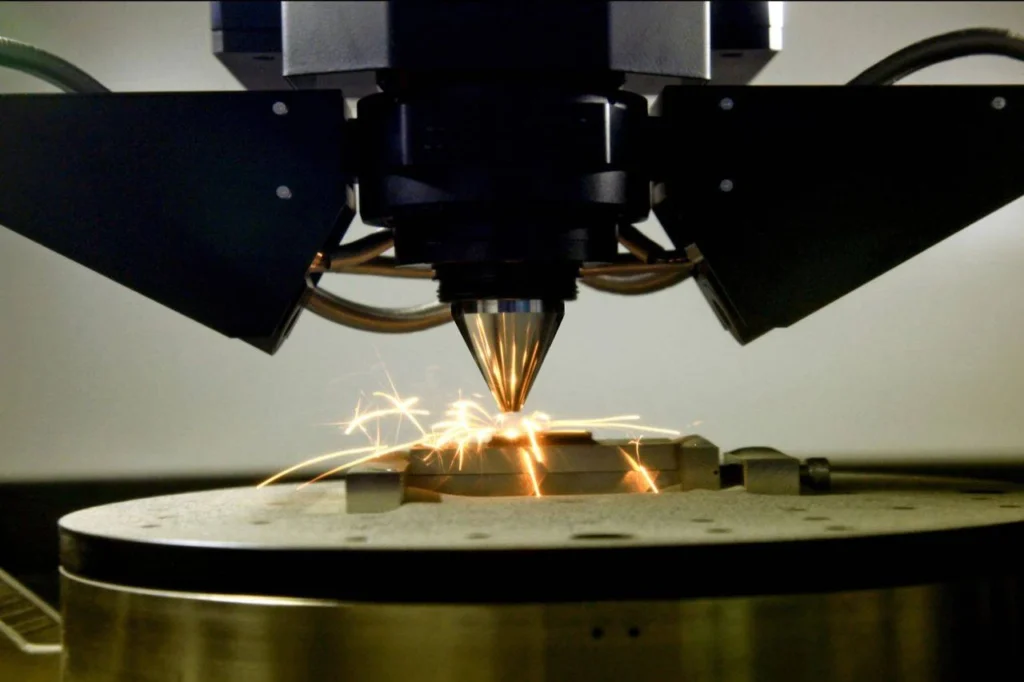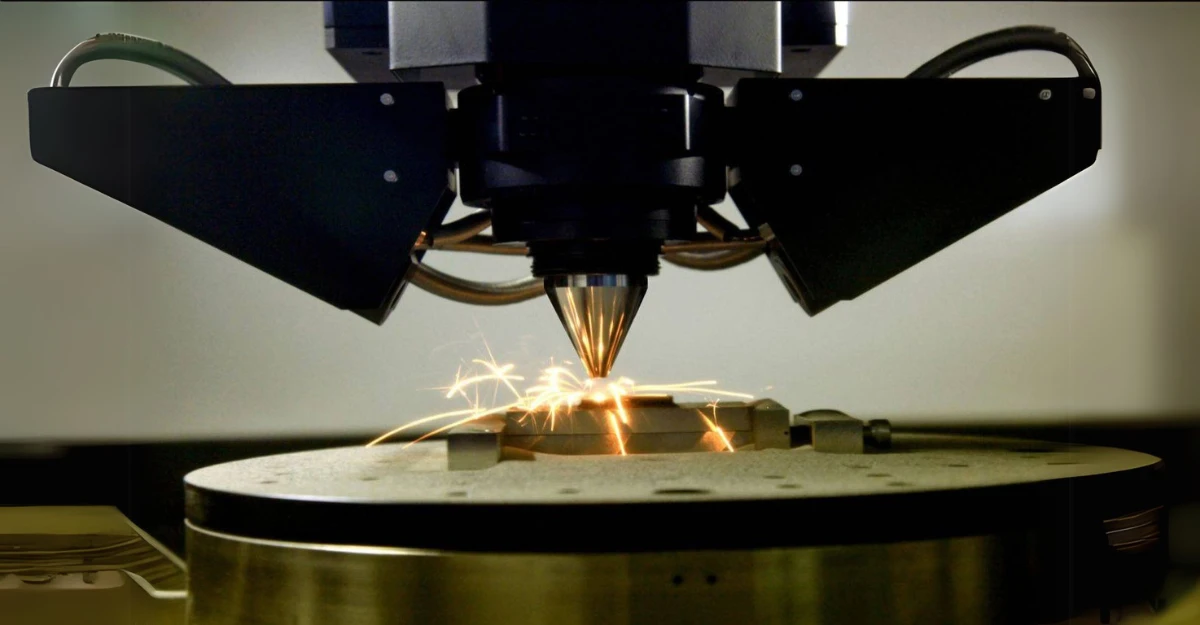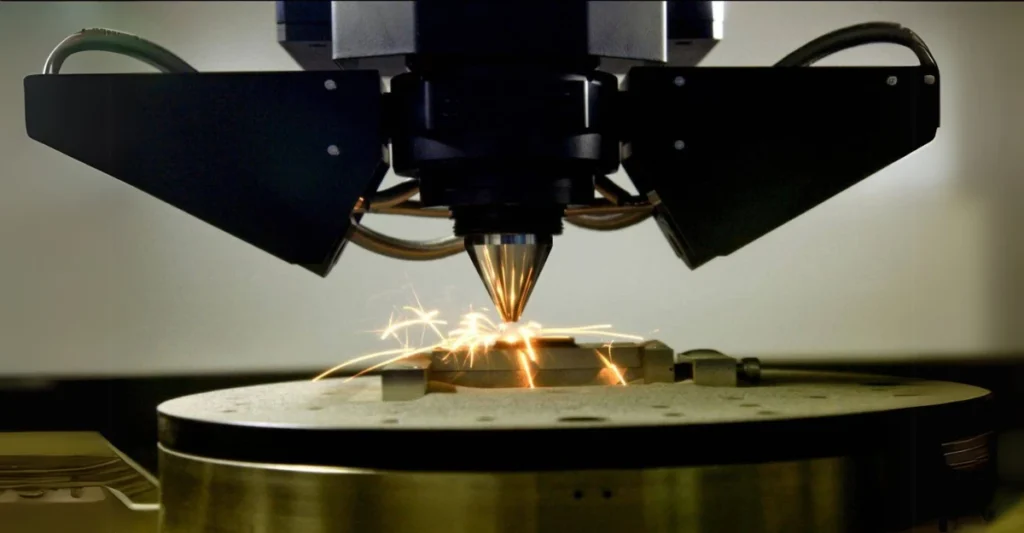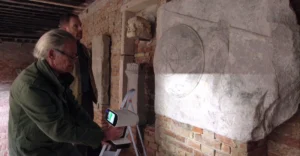International maritime body unveils comprehensive guidelines for additive manufacturing in offshore applications.
Not long ago, the standard part-making process was pretty straightforward. But now, 3D printing is changing the game and the maritime industry is riding this wave of innovation.
The International Association of Classification Societies (IACS) just dropped something big: Recommendation 186. But this isn’t your hobbyist-level 3D printing. We’re talking about industrial-scale additive manufacturing that is set to completely change the way ships and offshore equipment are manufactured.
Think of additive manufacturing like sculpting with modeling clay, instead of the old-school method of carving a shape from a block of marble. In art terms, you’re building up, not cutting away. For marine engineering, this means incredible design freedom that wasn’t possible just a few years ago.

The recommendation covers three killer 3D printing techniques: Powder Bed Fusion, Directed Energy Deposition, and Binder Jetting. “If you’re cutting into a block, you can’t make a 90-degree turn,” explains Alexandre Astruc from IACS. “With additive manufacturing, complexity is free.”
The printers aren’t cheap—we’re talking $20,000 to $600,000 a pop. But the payoff is massive. These aren’t the 3D printers you’d find at your local electronics store. These are industrial beasts that can create parts with unprecedented precision.
What’s really changed? Materials. “Over the past five to seven years, we’ve seen materials that are just incredible,” Astruc says. We’re talking about components that are heat-resistant, incredibly strong, and lighter than ever before.
The bet on 3D printing is paying off. Instead of hammering parts to fit or wasting hours on traditional manufacturing, marine engineers can now print custom solutions that are better, faster, and cheaper. In an industry where time is money, that’s a game-changer.
IACS has essentially given marine engineers a Swiss Army knife of manufacturing—a standardized framework that allows for incredible innovation while maintaining rock-solid safety standards. It’s not just about making parts; it’s about reimagining what’s possible in maritime engineering.
The next frontier? Speed. How quickly can you print a part that’s still accurate, still strong, and meets all the customer’s needs? For the maritime industry, that’s the million-dollar question.
































